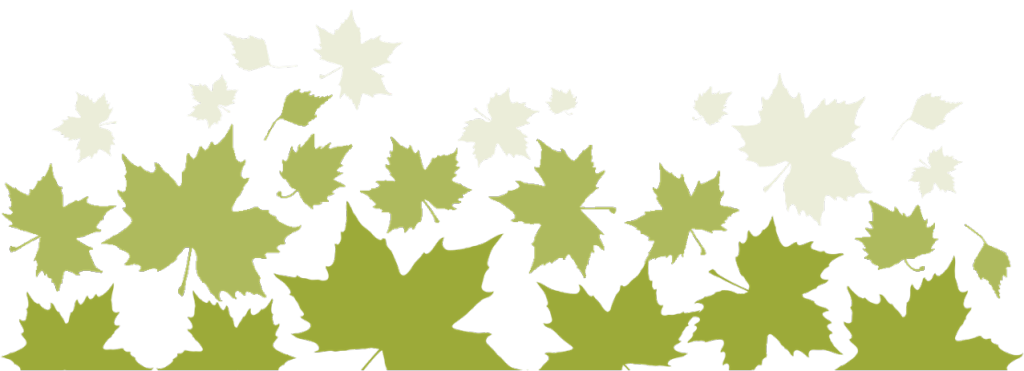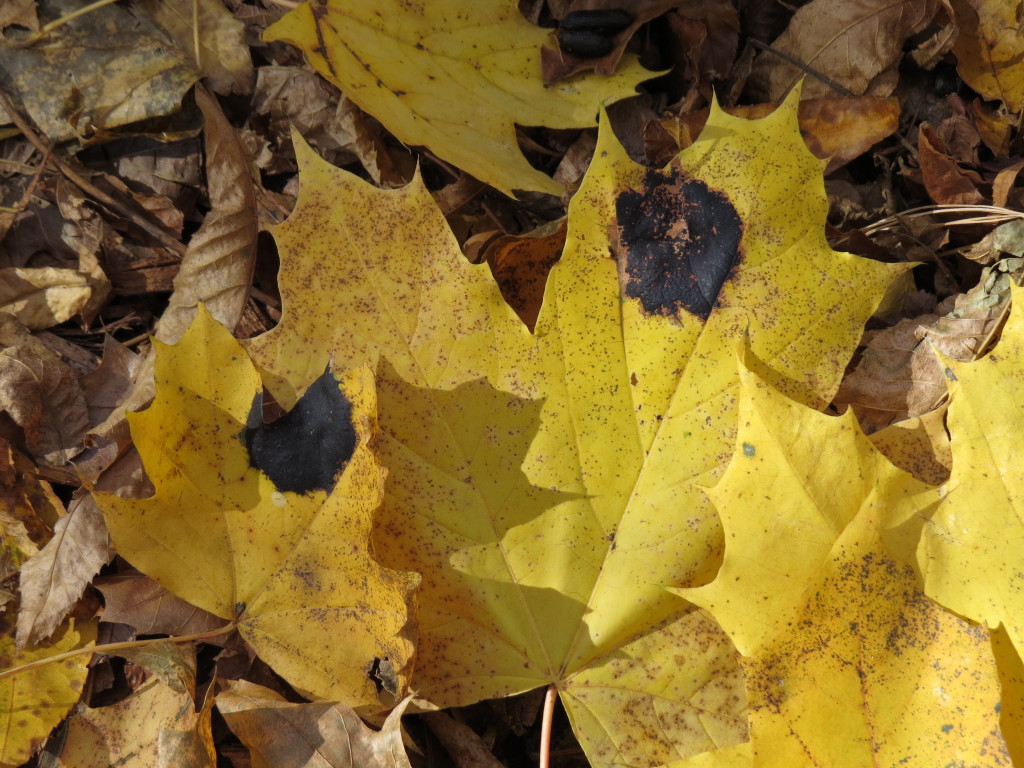If you have been to our website in the last few days, you may have noticed a pretty significant change. On November 13, we flipped the switch on the new and improved massaudubon.org. And this wasn’t just a simple redesign.
To ensure that we provide the best experience possible for a very diverse group of users, we did a complete, top-to-bottom rebuild. Highlights of the new site include:
- A brighter, bolder, mobile-friendly design with larger images, photo slideshows, and fun graphic elements
- A smart search tool so you can easily find what you’re looking for
- The option to find a wildlife sanctuary by location or zip code via Google maps
- The ability to view upcoming programs in a calendar view
- More intuitive and dynamic navigation
- Bigger text that can be adjusted with the click of a button (look for the three As in the upper right corner)
So, go ahead and take a look around. And since we know that there’s always room for improvement, we’d love to hear what you think. Happy browsing!



 Have you noticed anything strange while raking leaves this fall? If you look closely at some of your maple leaves you might notice a different color than the usual yellows and reds.
Have you noticed anything strange while raking leaves this fall? If you look closely at some of your maple leaves you might notice a different color than the usual yellows and reds.